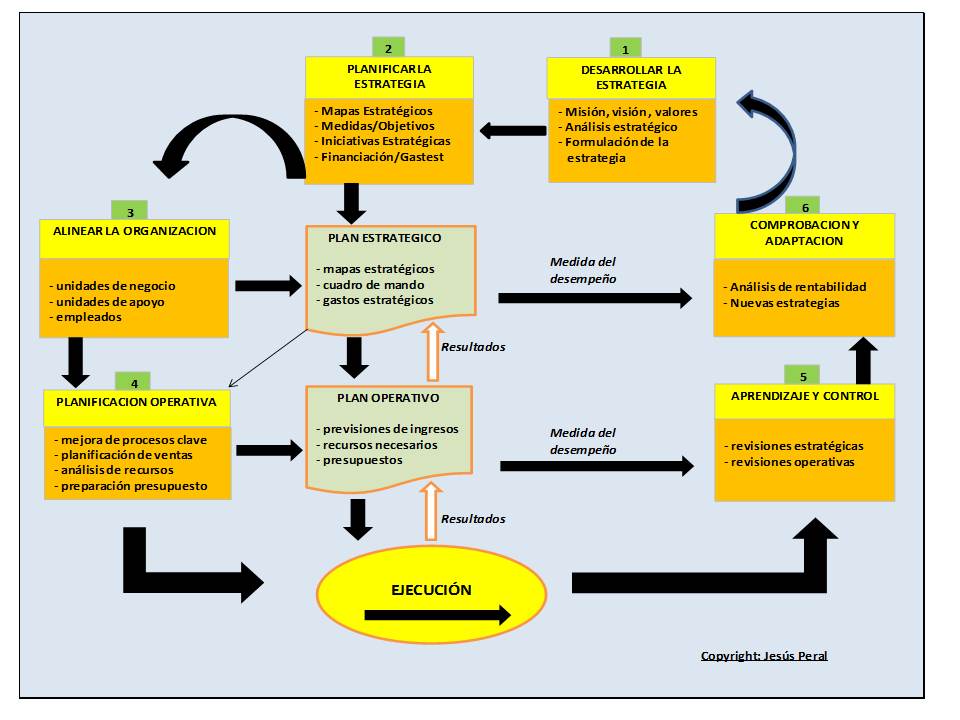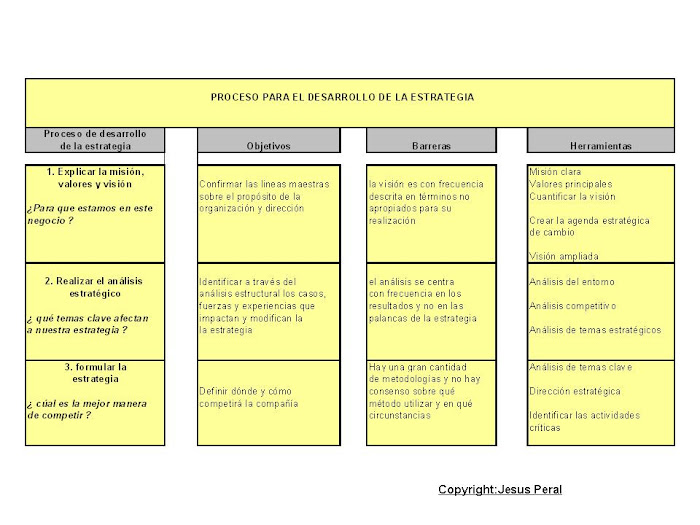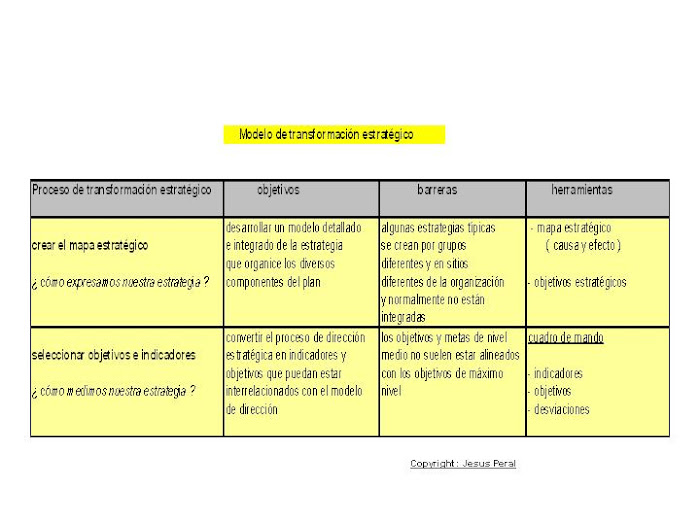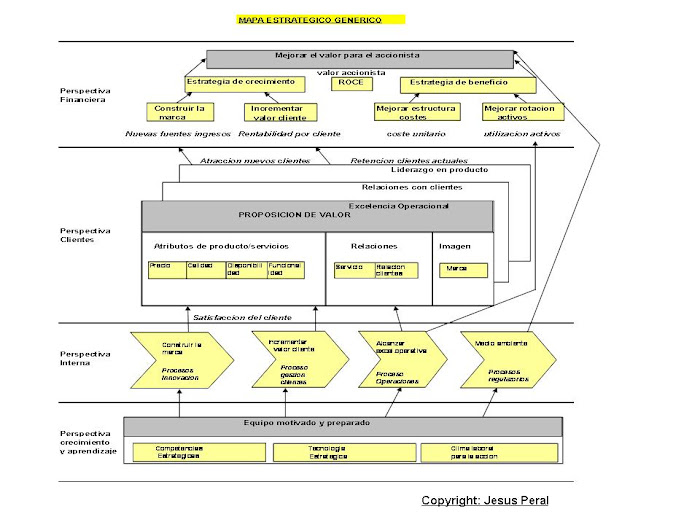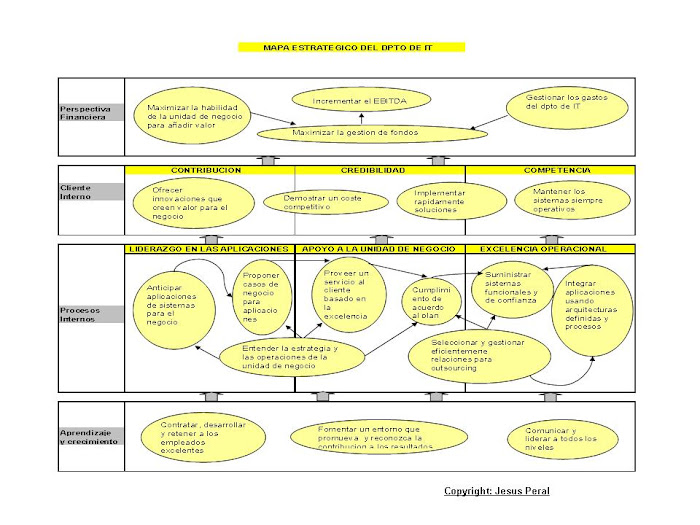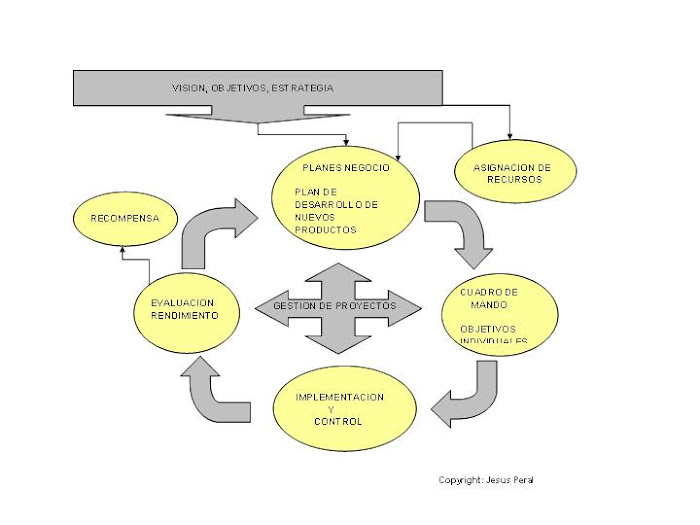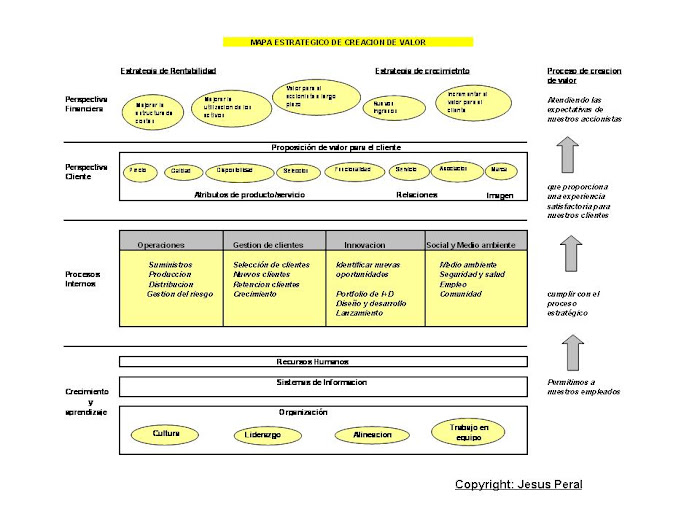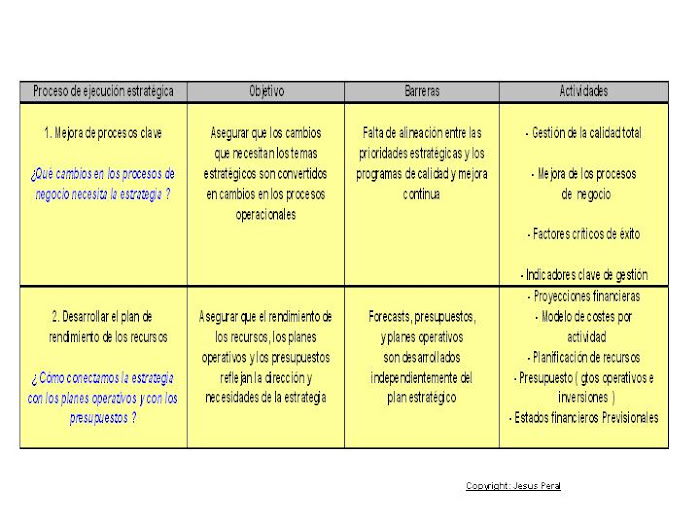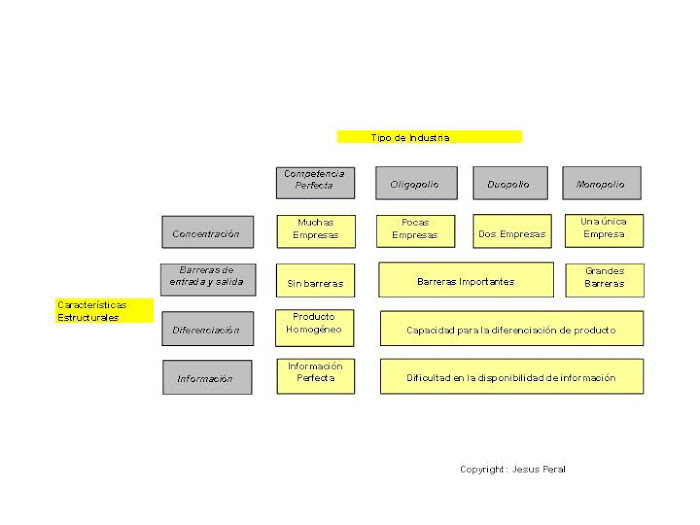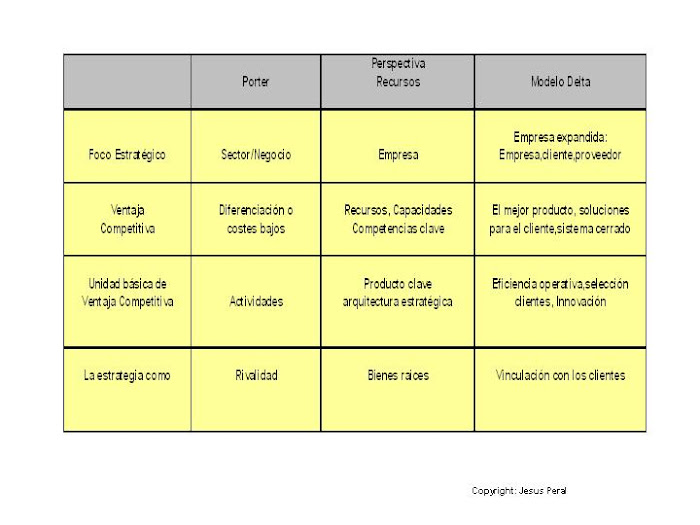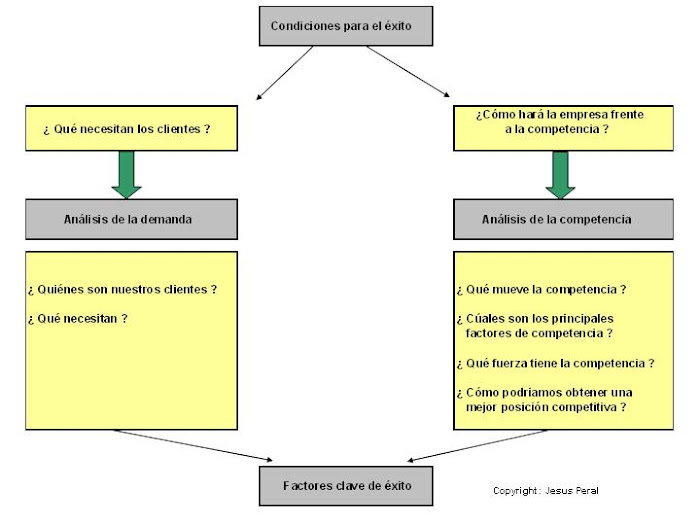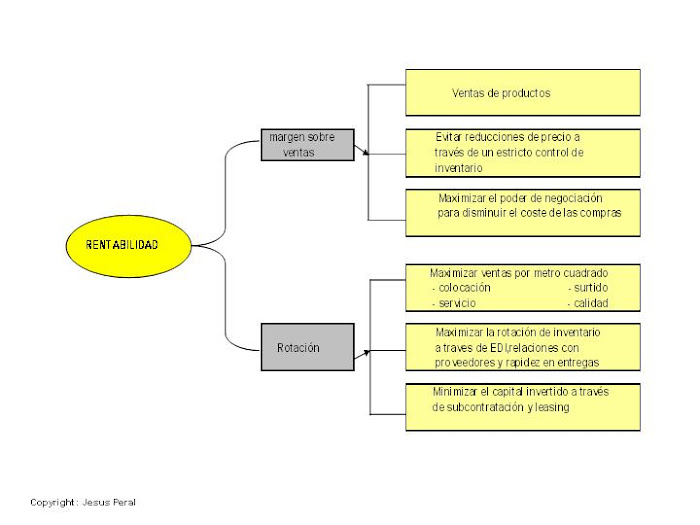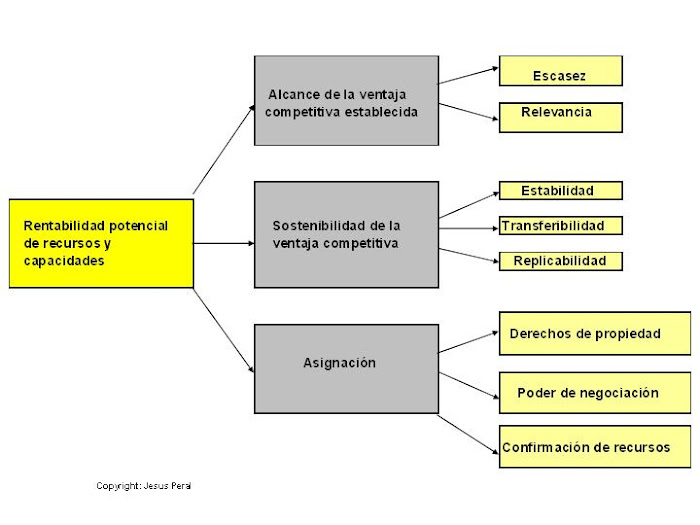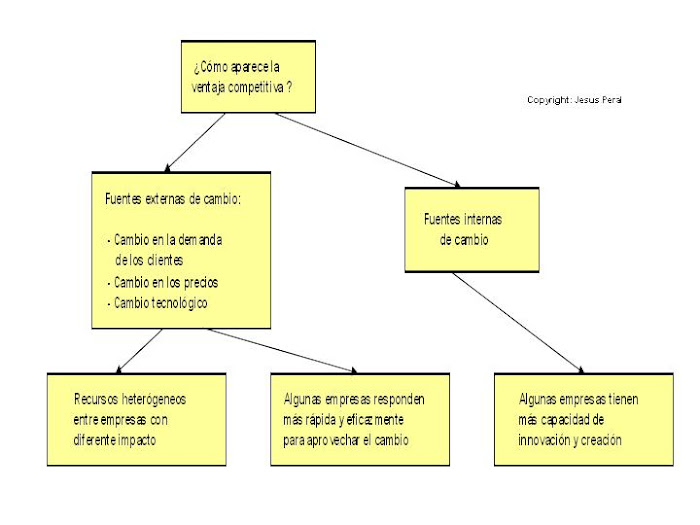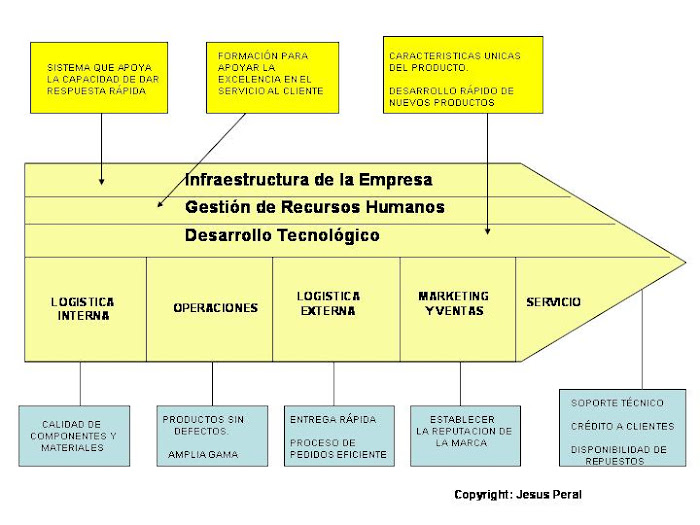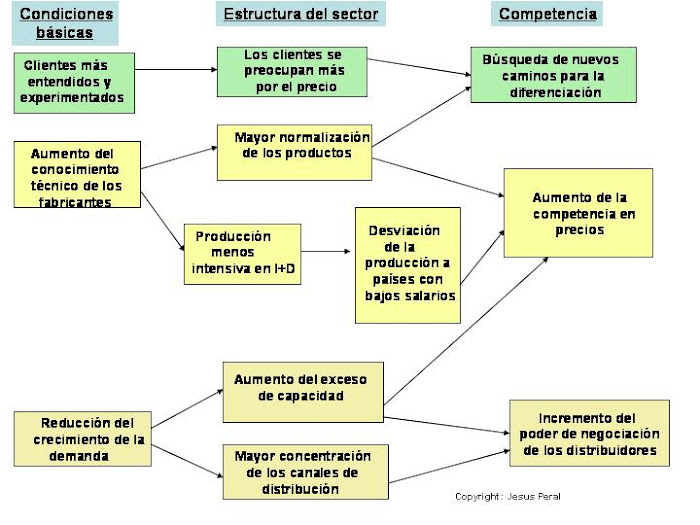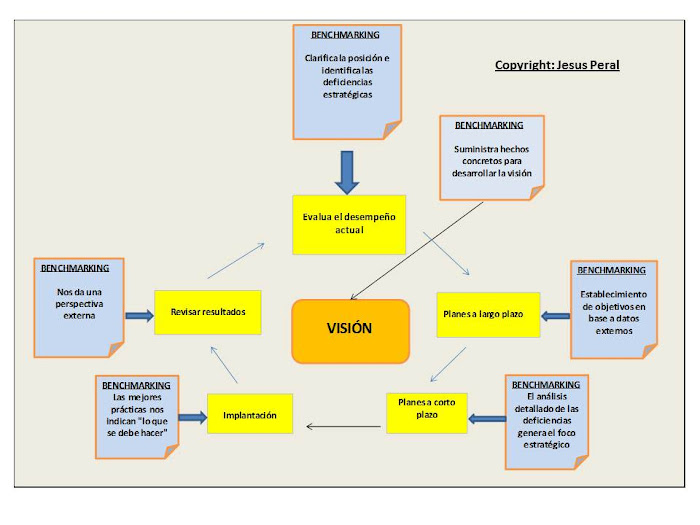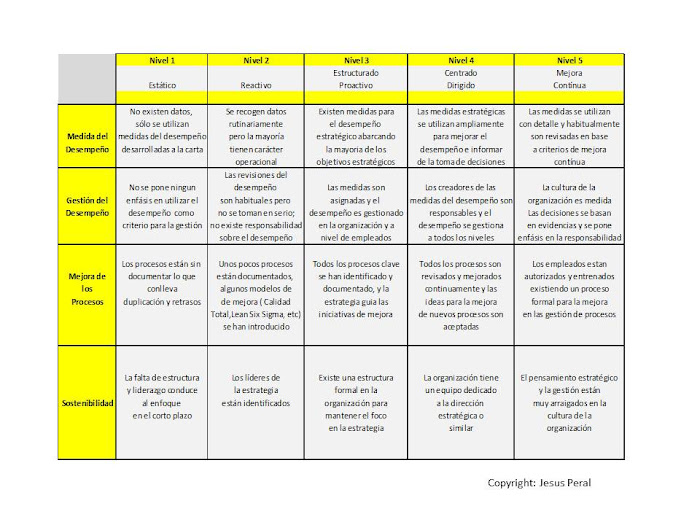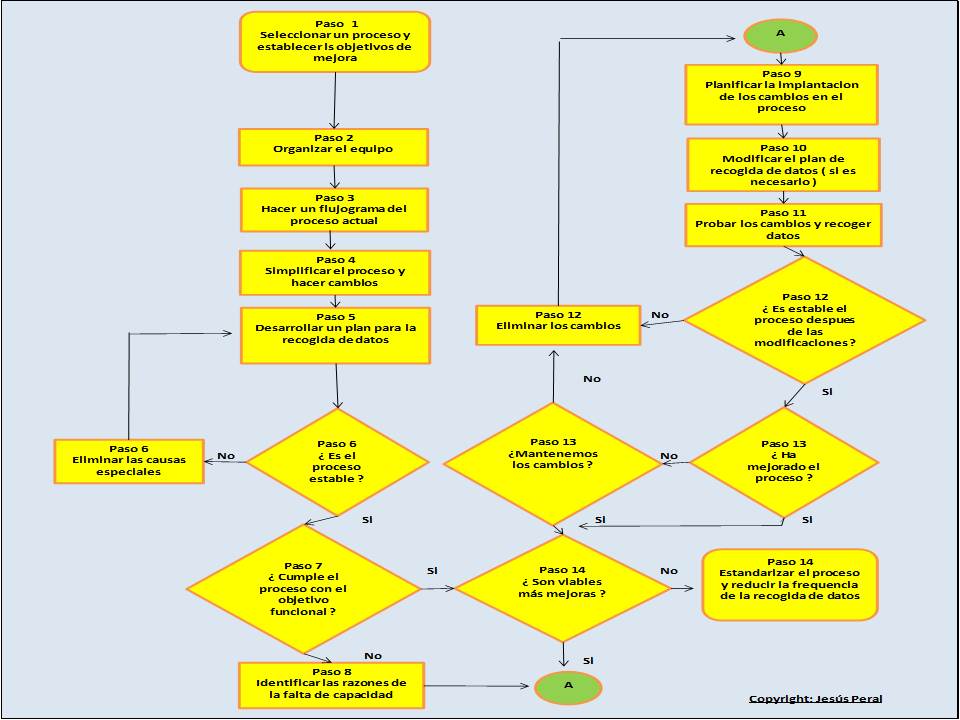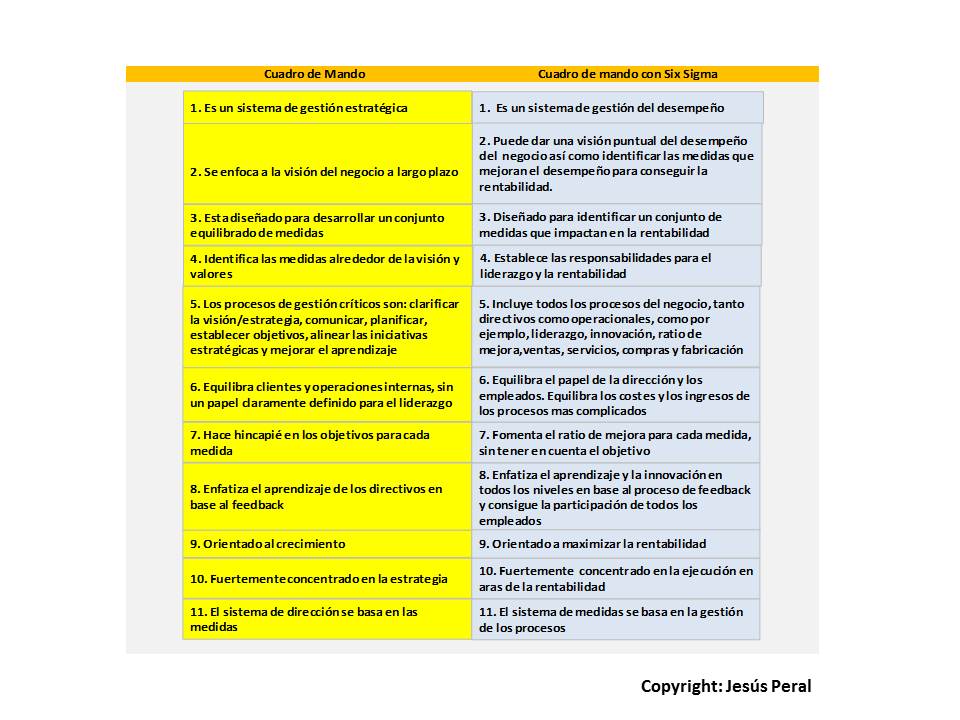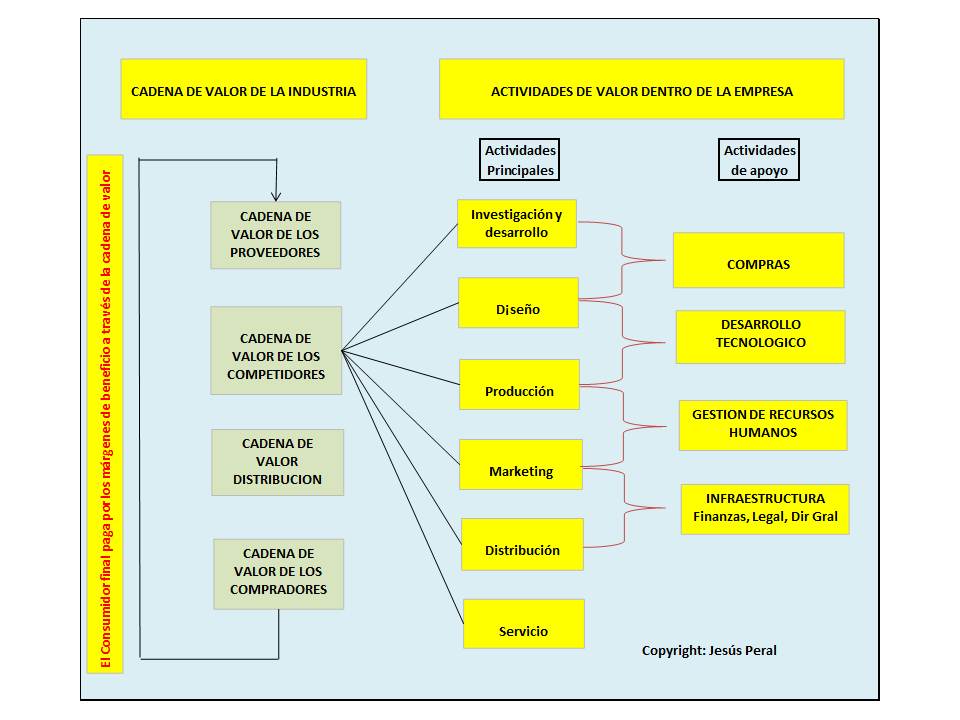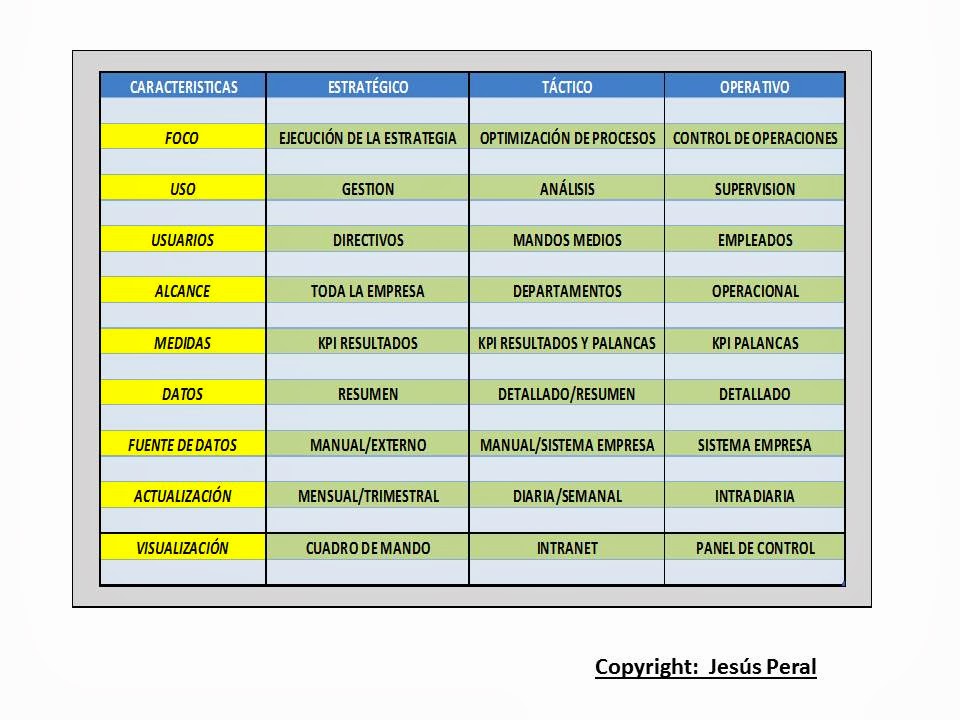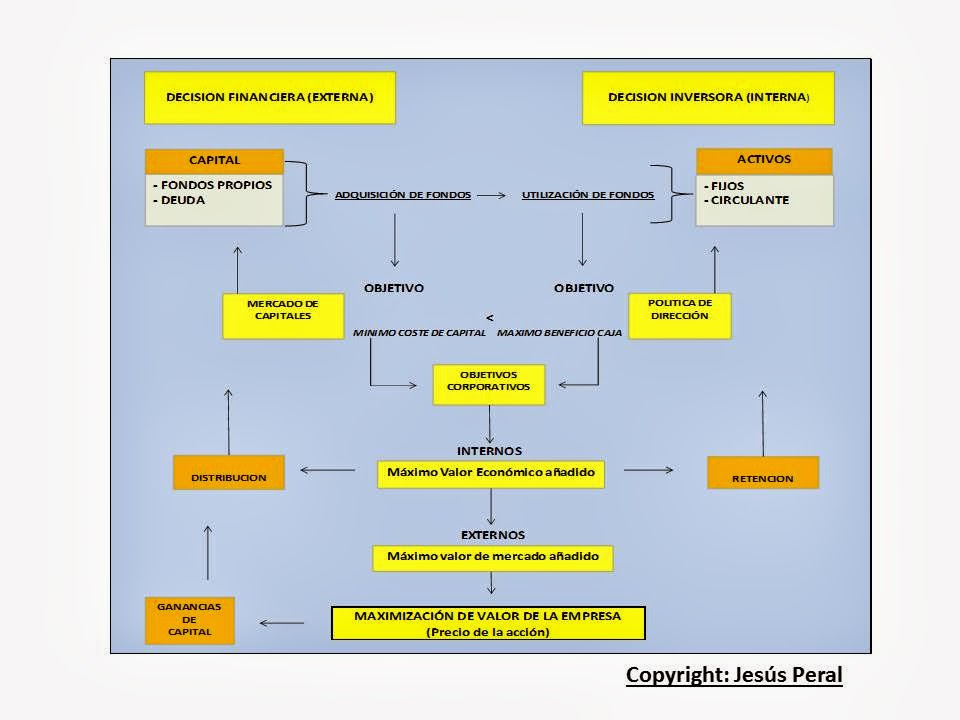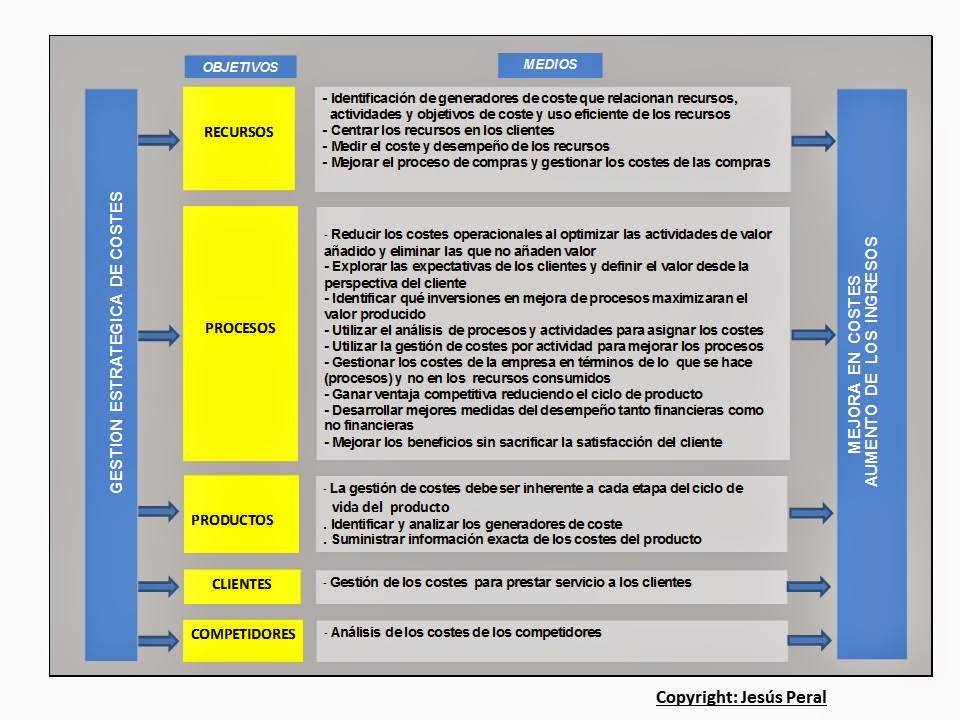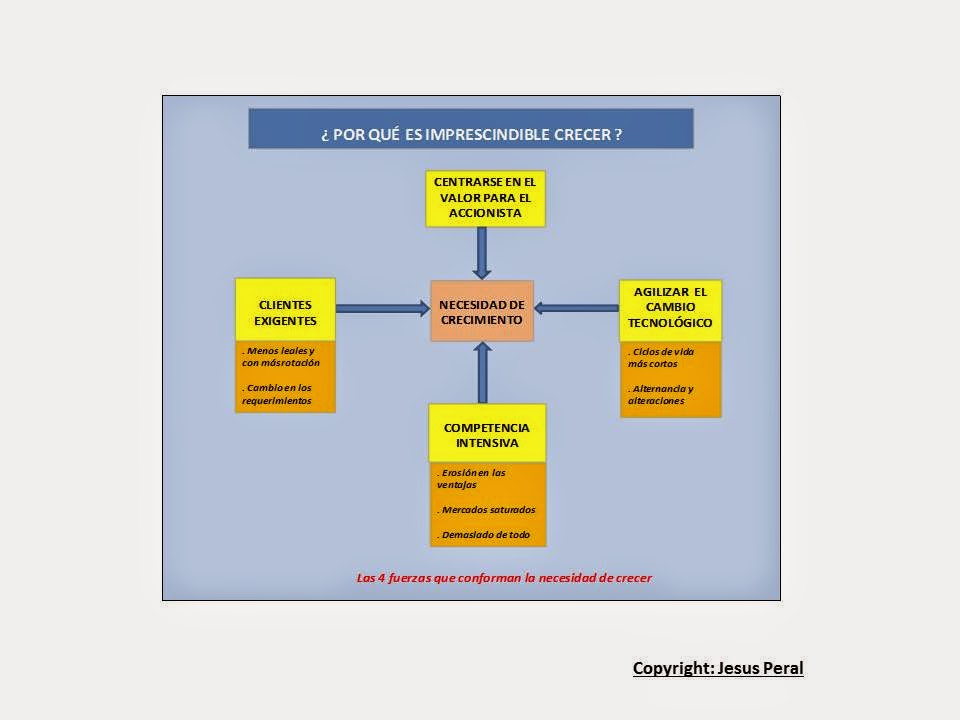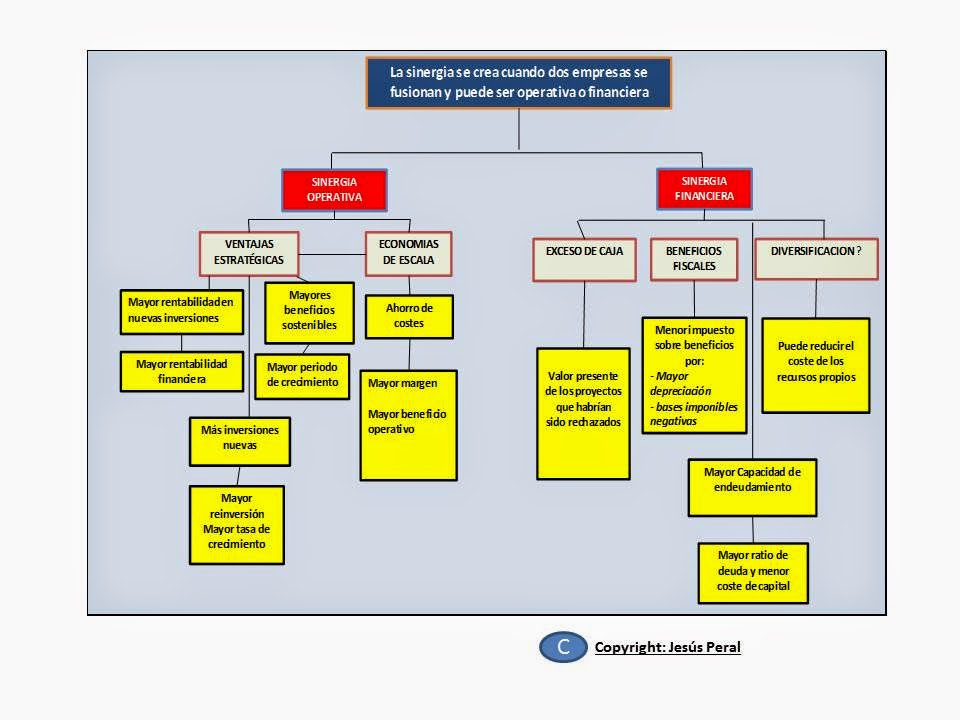Who did not find, was in the middle of a
conflict or had to resolve one in your professional career? You will not escape conflict in your
organization or work environment. In my view it is inevitable. Mainly because
the objective, values and needs of groups and individuals in any organization
do not always coincide.
In my view, sometimes, conflict may be a sign
of a healthy company. Boring agreement on everything is unnatural and debilitating. There should be fight of ideas about tasks and
projects and disagreements should not be suppressed. They should come out into
open, because is the only way in which you can ensure that the issues are
explored and conflicts are resolved.
This post is about managing the conflicts or better to say trying to
manage the conflicts.
Every reader could have his/her own experience
and way of resolving the conflicts he/she was involved or he/she saw in his
working environment.
You can use, let´s say, a peaceful co-existence
where you aim to smooth our differences and emphasize the common ground. It is
well known we are encouraged to learn to live together. There is a good deal of
information, contact and exchange of views and individuals move freely between
the different teams, for example, between your headquarter and the affiliate or
between sales and marketing departments. This is a pleasant ideal but it may
not be practicable in many situations.
It is also known that conflict is not
necessarily resolved by grouping people together. Improved communications and
briefing groups could be a good idea but are useless, in my opinion, if
management has nothing to say that people want to hear. And there is also the
danger that the real issues, submerged for the moment will surface again in the
future.
Other possibility is to get compromise. In this
case the issue could be resolved by negotiating or bargaining and neither party
wins or loses. In this situation there
is no right or best answer. Agreement only accommodates differences. As you can
imagine real issues are not likely to be solved.
Based on the above the best approach would be
to find a genuine solution to the problem rather than just accommodating
different points of view. And as I said before sometimes conflict situations
can be used to advantage to create better solutions. This situation has to be
generated by those who share the responsibility for seeing that the solutions
work. So what would be the sequence of actions in this case? First, those
concerned work to define the problem and agree on the objectives to be attained
in reaching a solution. Second, the group develops alternative solutions and
debates their merits. Third, agreement is reached on the preferred course of
action and how it should be implemented.
The conclusion could be that conflict is in
itself not to be deplored. It is an inevitable concomitant of progress and change. What is to be disapproved is
the failure to use conflict constructively. Effective problem solving both
resolves conflicts and opens up channels of discussion and cooperative action. Take this into account in your next situation!!!!

